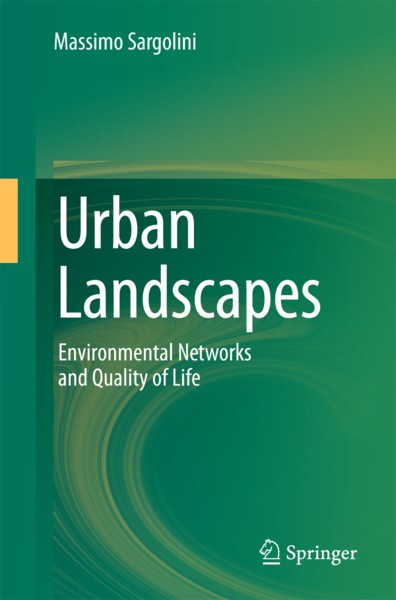

Most ebook files are in PDF format, so you can easily read them using various software such as Foxit Reader or directly on the Google Chrome browser.
Some ebook files are released by publishers in other formats such as .awz, .mobi, .epub, .fb2, etc. You may need to install specific software to read these formats on mobile/PC, such as Calibre.
Please read the tutorial at this link: https://ebookbell.com/faq
We offer FREE conversion to the popular formats you request; however, this may take some time. Therefore, right after payment, please email us, and we will try to provide the service as quickly as possible.
For some exceptional file formats or broken links (if any), please refrain from opening any disputes. Instead, email us first, and we will try to assist within a maximum of 6 hours.
EbookBell Team

4.7
86 reviewsToday, more than 50% of the world’s population lives in cities and is subject to particular environmental and economic impacts against the backdrop of an evolving planetary crisis. This book explores the intimate relationship between the quality of life of city dwellers and the quality of urban landscapes, including those regenerated through green spaces and environmental networks. Starting from the concept of “landscape” as defined by the European Landscape Convention (i.e. "an area, perceived by people, whose character is the result of the action and interaction of natural and/or human factors"), it expands upon, in particular, the interactions between the different biotic and abiotic components that contribute to the quality of the landscape and the environment. In the first part of the book, the author examines fundamental concepts and discusses a variety of relevant topics, such as the city under transformation, waste spaces, smart communities, regeneration programs, the role of environmental networks, and new instruments for decision making. The second part is devoted to a case study of the Italian Adriatic city that highlights the need for interdisciplinary interaction among researchers in apparently disparate fields, including ecology, forest botany, chemistry, biology, geology, sociology, economics, architecture, and engineering.